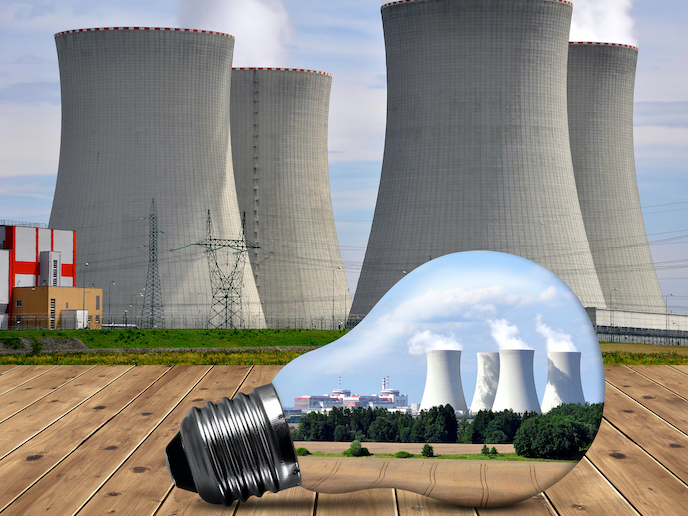Monitoring the fate of nuclear waste
When it comes to nuclear waste disposal in deep geologic repositories, the nuclear industry considers all steps in the process. Scientists give careful consideration to site characterisation, construction and operation as well as to a site's staged closure. Access to real-time, in situ data during the entire sequence of procedures would not only help guide activities and support safe operation. It would also provide transparency, instilling public confidence and fostering support. Thanks to EU funding of the project 'Monitoring developments for safe repository operation and staged closure' (MODERN)(opens in new window), scientists have developed and demonstrated novel monitoring technologies and a roadmap toward implementation. Key to success was prolific interaction with stakeholders through workshops and presentations. The reference framework takes into account experiences and programmes as well as objectives and strategies on a country-by-country basis. It also integrates new information obtained through stakeholder engagement activities. Researchers highlighted potential gaps in desired and available technology and took into account physical and societal contexts. As a result, innovative monitoring technologies were tested underground for their ability to satisfy requirements. Case studies were developed to test the proposed monitoring system in action. MODERN evaluated state-of-the-art monitoring techniques for underground nuclear waste repositories during all stages of the disposal process. Further, the consortium determined whether or not implementation met stakeholder expectations, whether layman or expert. As a result, the consortium recommended a roadmap for repository monitoring from beginning to end that highlights remaining technological obstacles to be overcome and illustrates the potential uses of monitoring results. Outcomes are expected to have important impact on policies to ensure that deep geological repositories are safe and accepted by all.







